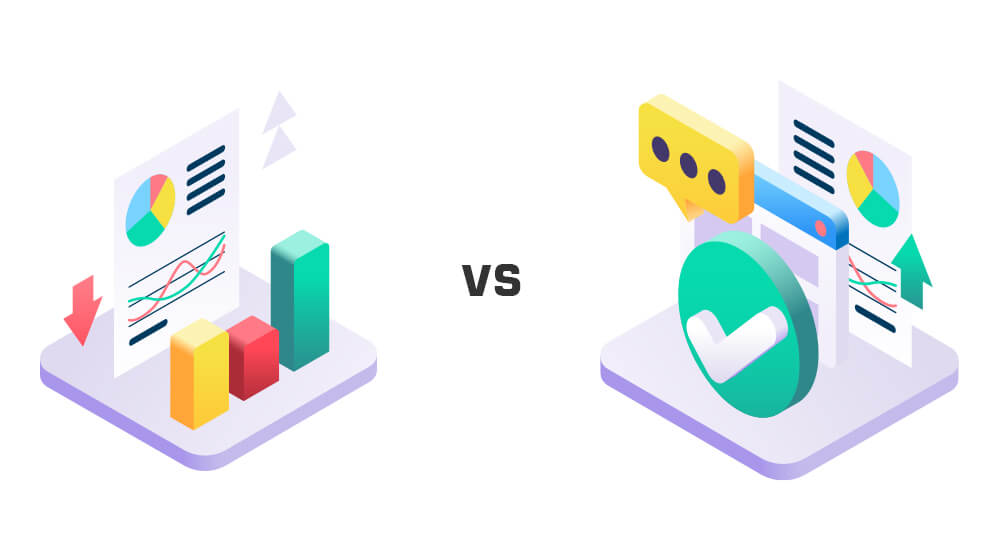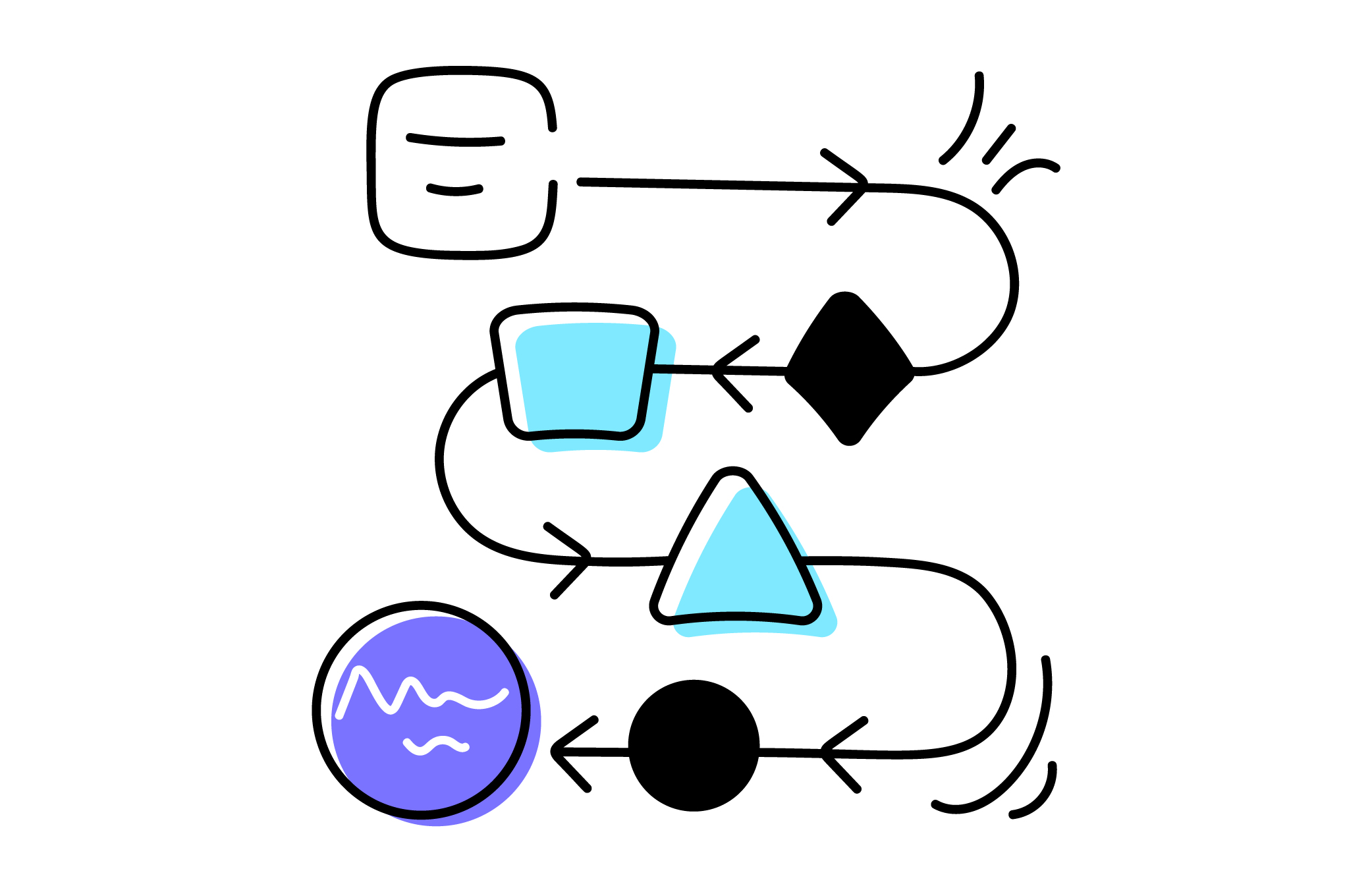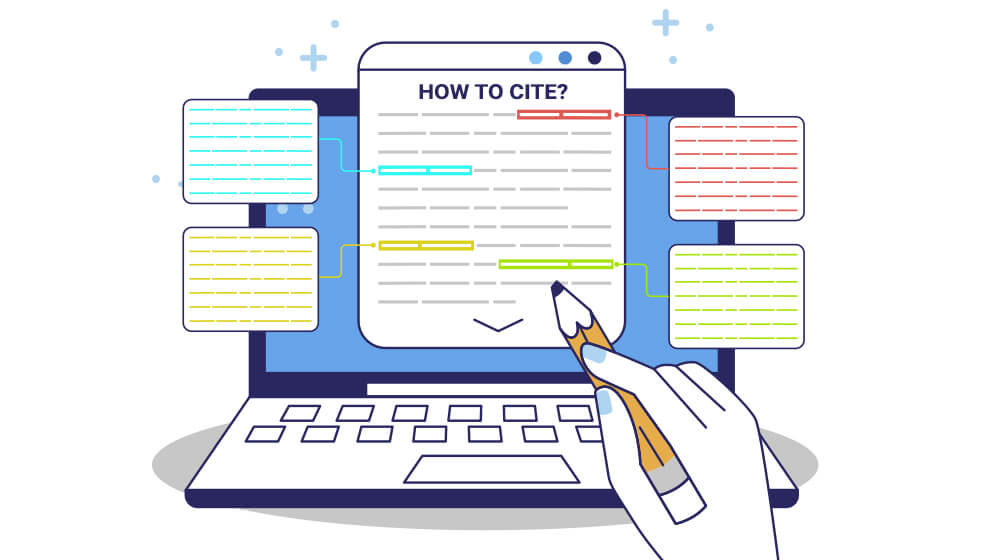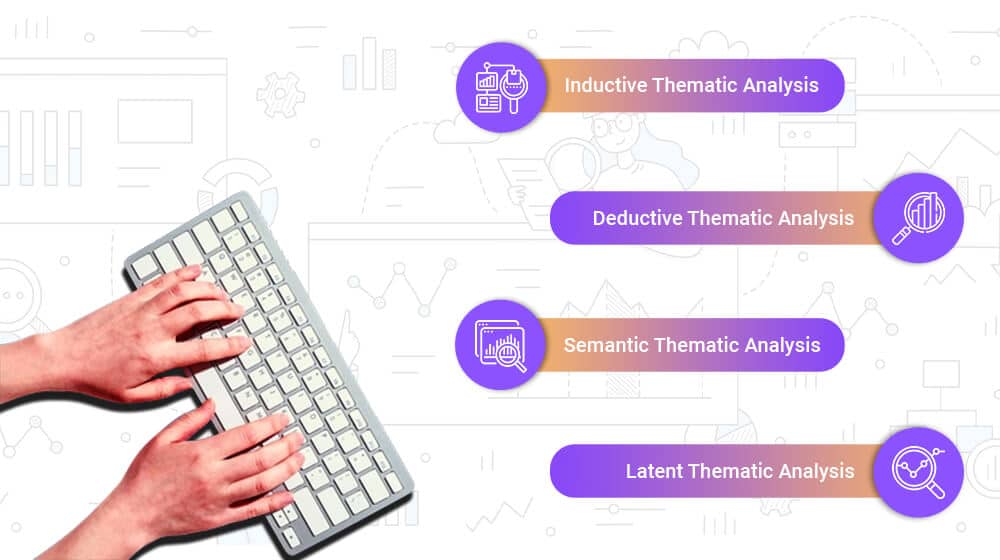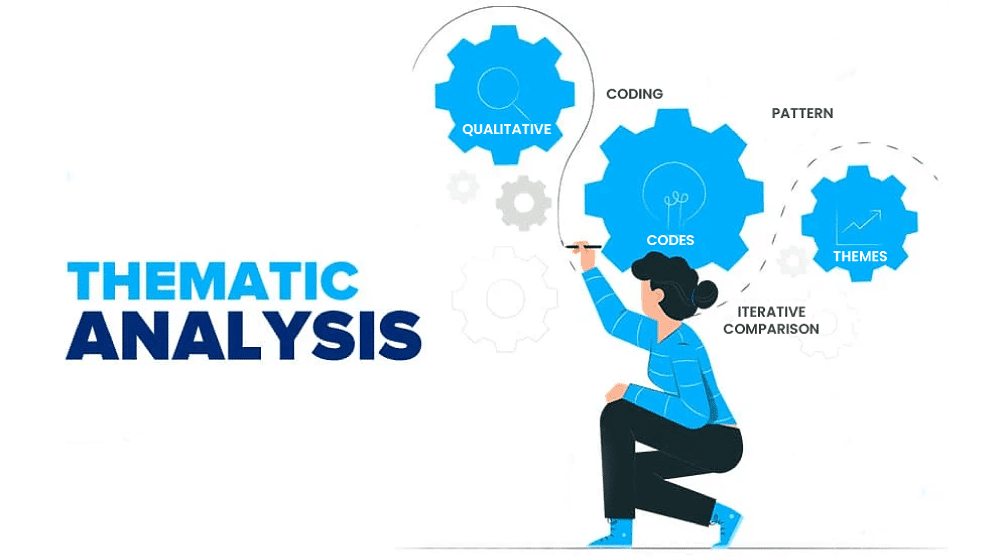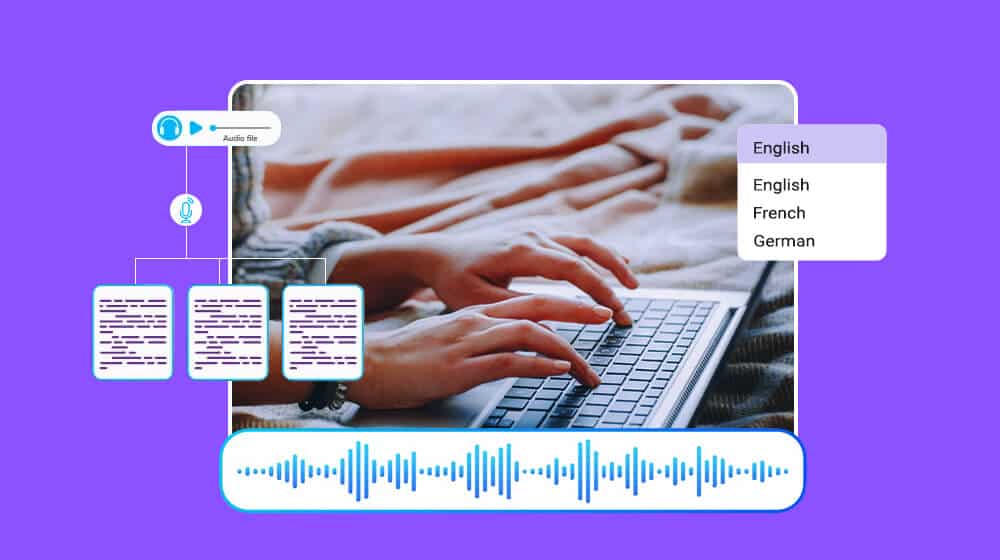Why does Text Analytics Have a Bad Reputation?

Text Analytics: An introduction
Businesses are all about data and generate piles of it in their operations. There is a plethora of numerical data, financial scripts, thousands of emails, and conversations. The problem is that all this data is unorganized and scattered, which is worthless. In such a scenario, Text analytics works like a magic wand.
Text analytics is a reliable process for drawing insights from unclassified texts. It uses machine learning technology to analyze texts. It breaks the unstructured data and derives trends and patterns from them. Text analytics finds massive use in risk management, predictive analysis, and business intelligence.
Text Analytics- A boon or bane
Well, text analysis has varied and versatile applications. It assists businesses in preparing innovative strategies. They can study massive data on the internet and understand their audience. It helps companies focus on important notes and fix loopholes. Text analysis also supports big data integration.
The best part about text analytics is that it has practical uses for boosting a business’s scalability. For example, if a company is confused about a particular product launch, it can run surveys, polls, and interviews across digital and conventional platforms. Now comes the role of text analytics in the pictures, which collects all the data and derives insights from it. It will help them analyze their customer’s behavior and preferences. It will further assist them in deciding whether to launch a product or not. This way, businesses can save time, revenue, and resources.
Businesses are spreading to new geographies at a rapid pace. It increases the significance of text analytics to an even greater extent. A report by Mordor Intelligence says that the text analytics market will reach USD 14.84 billion by 2026, at a CAGR of 17.35% by 2027. But even after these many advantages, text analytics fails to discover the appreciation it deserves. It may be because of certain shortcomings of this technique. Here are the main drawbacks of text analytics:
Missing Accuracy
One of text analytics’s most disturbing setbacks is its lack of precision. It integrates machine learning and speech recognition technology to break the text and fetch meanings. These technologies may do wonders while analyzing numerical data but may cease functioning when analyzing human interactions.
A natural language process is an effective tool, but it is open to mistakes in recognizing spelling and syntax. Dealing with the subjectivity of language makes it difficult to arrive at definitive conclusions. Thus, it’s great to use text analytics but not rely entirely on it because it’s not as accurate as it promises.
High setup and maintenance costs
This is the biggest hindrance, as training data is a task. Selecting suitable tools and approaches is not easy in text analysis. Also, the giant elephant in the room is finding data scientists and analysts. All these factors add to increased setup and administration costs.
Ineffective mechanism
Despite all the hype around text analytics, it is now evolving as an overpromising but bogus tool. It is because text analytics often makes claims that lack data support. For example, text analytics may state that a particular product is the best on the market when it is not. In addition, text analytics may assert false and skeptical claims that lack credibility. For example, text analytics reports may declare stock will go up in value when in reality, it may not.
Focuses more on quantitative results
While traditional data analysis methods focus on quantitative results, text analytics takes a more qualitative approach, looking at the underlying meaning of the text itself. But it uses more statistical and technical skills to decode texts. It is why sometimes the outcome wins on the quantitative scale but fails on the qualitative aspect.
Lack of Transparency
There is less transparency in the text analytics process and results. The algorithms and scale used in text analytics to decode texts are unclear. It can be a problem when using text analytics to make decisions, as it is challenging to know how reliable the results are.
Which is the most accurate, transparent, and reliable text analytics approach?
We discussed how some drawbacks keep text analytics away from proving its potential. Well, is there any suitable approach to eliminate these faults? However, there isn’t a perfect response to it. All the systems have their own pros and cons.
Text modeling is the most used approach. It is flexible and transparent but comes with challenging interpretations. Another popular approach is text categorization. It is fast and transparent but has high training data costs. Does ANT pass all the parameters to become a successful text analytics approach? Let’s explore this in the following section.
Text Analytics's transformation using ANT
Our text analysis approach is easy to set, use and manage. It’s time to forget the blunders text analytics often brings. We only use qualitative research tools to fetch the correct meaning from texts. Our team brings well-oriented and detailed reports after text analysis. You can use those reports to create engaging themes and enrich your services. Without further ado, explore text analytics services and get great results.


